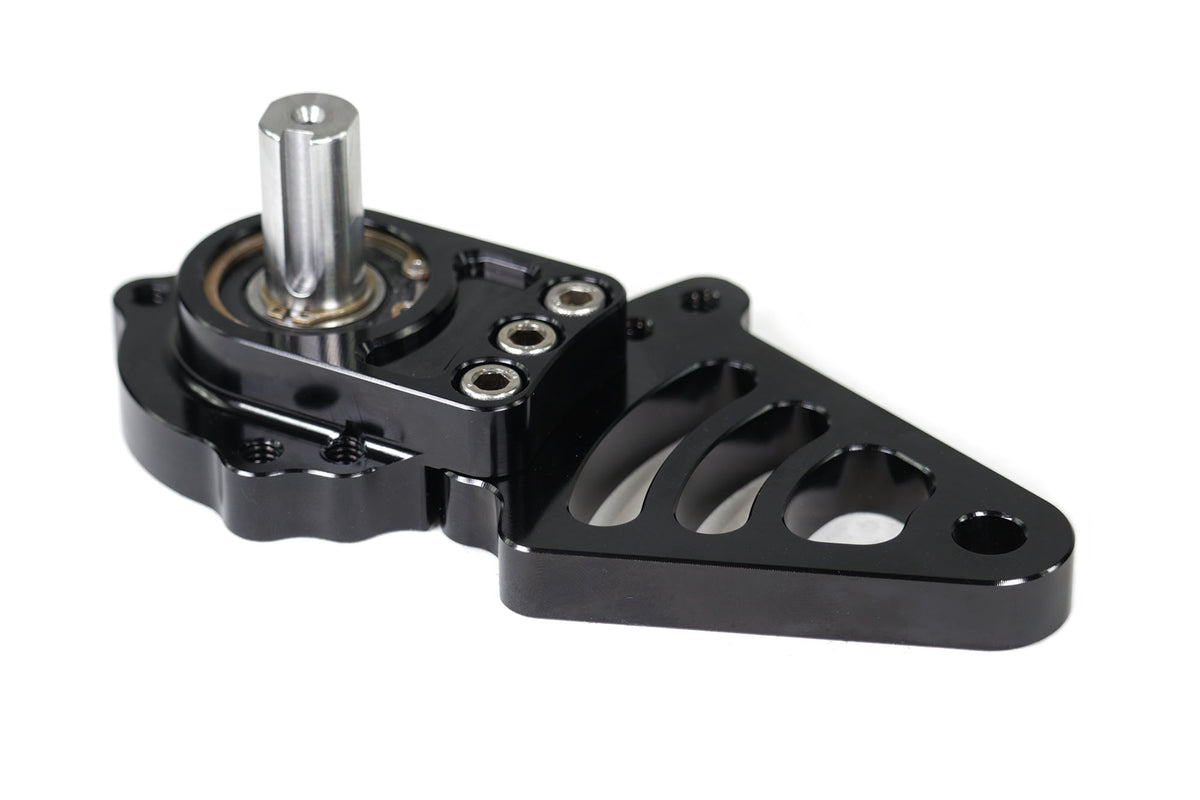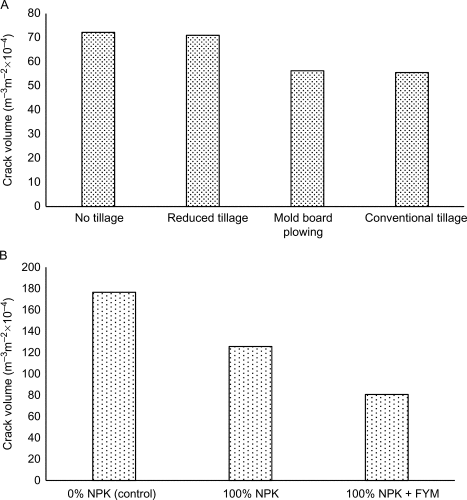

With the advent of individualized cellular immunotherapies that target patient-specific antigens, it is also essential to produce personalized vectors, which will further increase the effort needed for clinical translation ( Krackhardt et al, 2018 ). Previously, lenti-, -retroviruses or nonviral vectors, such as transposons, were the vector of choice for stable integration of the tumor-reactive TCR ( Morgan et al, 2006 Peng et al, 2009 Robbins et al, 2011 Rapoport et al, 2015 Rosenberg Restifo, 2015 Deniger et al, 2016 Clauss et al, 2018 ).Īlthough integrating viral vectors are in clinical use, they carry the risk of insertional mutagenesis ( Hacein-Bey-Abina et al, 2003 ).

Nonetheless, TCR T cells hold promise for also targeting intracellular antigens and thereby greatly enlarge the scope of potentially targetable antigens ( Harris Kranz, 2016 ), including neoantigens which are very attractive targets for personalized tumor therapy ( Bassani-Sternberg et al, 2016 Stronen et al, 2016 Zacharakis et al, 2018 ).
#HEX RAYS PLW GOOGLE DRIVE PC#
Mlb the show 18 pc downloadĪlthough the use of T cells expressing a chimeric antigen receptor (CAR T cells) has already advanced to the clinic, the adoptive transfer of TCR transgenic cells (TCR T cells) is less far developed ( Morgan et al, 2006 Rapoport et al, 2015 Tran et al, 2016 ). Introduction In recent years, the adoptive transfer of genetically reprogrammed T cells has gained more and more momentum ( Lim and June 2017 June Sadelain, 2018 ).

Our data demonstrate that this approach replaces the endogenous TCR, functionally redirects the edited T cells specificity in vitro, and facilitates potent tumor rejection in an in vivo xenograft model.


 0 kommentar(er)
0 kommentar(er)
